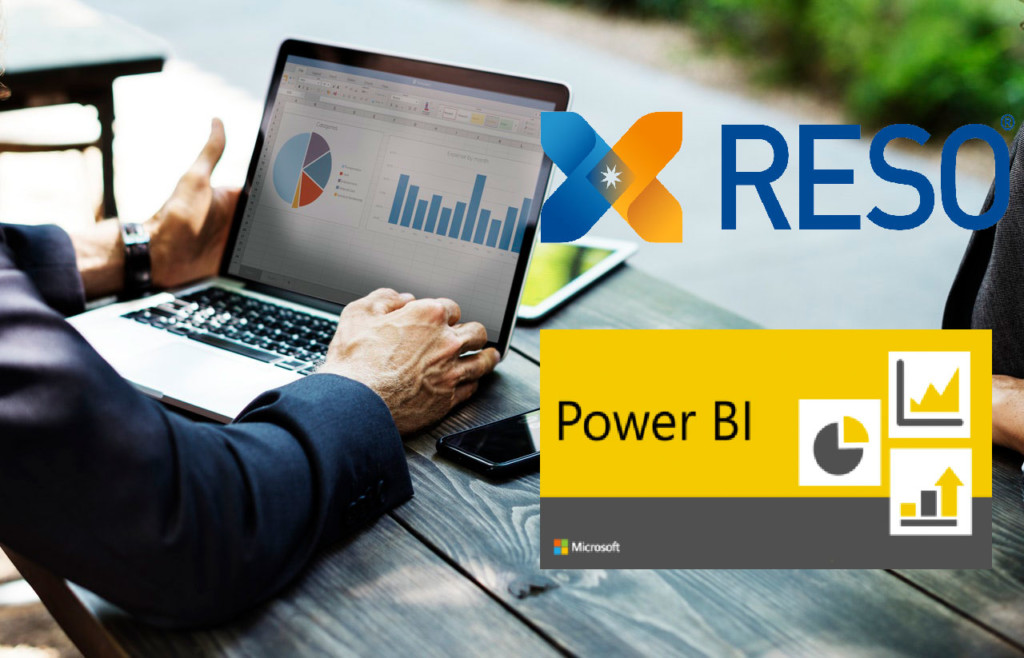 I have been working with the Organization Unique Identifier (OUID) data from the Real Estate Standards Organization (RESO) for over the last nine months. RESO OUID data combined with other data sets for business analysis is critical for today’s enterprising brokerages. My task was to see how I can make it easy for others to access the RESO OUID and incorporate other data for analysis. The answer – Microsoft Power BI.
I have been working with the Organization Unique Identifier (OUID) data from the Real Estate Standards Organization (RESO) for over the last nine months. RESO OUID data combined with other data sets for business analysis is critical for today’s enterprising brokerages. My task was to see how I can make it easy for others to access the RESO OUID and incorporate other data for analysis. The answer – Microsoft Power BI.
While other tools are in the same space of Power BI (BI is an acronym for Business Intelligence), it is a great tool to cleanse the data for others to use. An additional benefit is Power BI Desktop for Windows is a ‘FREE’ tool. Yes free, and there are so many online self-help educational materials from Microsoft and other data analysts. It is a no-brainer to start here.
A feature of Power BI is Microsoft’s library of data connectors that are part of the package. Microsoft has spent a significant amount of time to create data connectors allowing you to ingest and easily refresh data from a multitude of sources. Data from an Excel spreadsheet, Google Analytics, Facebook, a CSV file of text, and many different database engines like MySQL, SQL Server, PostgreSQL, and Oracle.
Last year, Microsoft announced a custom data connector feature to Power BI. A custom data connector gives the user the ability to read data from a specific source like the RESO OUID, perform additional sorting and filtering of the data, and enhance the data with value replacement, as it loads the data into Power BI. When the custom data connector is configured, refreshing the data is a simple click of a button. No more downloading, exporting or importing data tasks.
Open-Source The CODE
I have already written the code for RESO OUID and generated the Power BI Custom Data Connector file for you. The code and access to the file are open-sourced on Github – Power BI Data Connector for the RESO OUID. All you need to do is download the “RESO OUID Power BI Data Connector.mez” file from the repository and place the file in the Documents > Power BI Desktop > Custom Connectors folder.
The data connector file created from the code only reads information from ‘Active’ MLSs and Associations. Additional, a few columns were renamed as business appropriate versus techy geek talk – such as renaming the column from URL to Web Address.
If you are looking to change filters or access more information from the RESO OUID, then download and modify the code. As such, there are certain tools needed to craft your own connector. They are:
- Having a little coding capability
- Install Visual Studio 2017 Community for Windows
- Once VS 2017 is installed, install Power Query SDK from the VS Marketplace.
- A helpful extension to compile and place the Power BI customer data connector .mez file from VS2017 is Auto Deploy. You can find Auto Deploy in the VS Marketplace under the online section.
RESO OUID Sample Output
If you have a Power BI Pro subscription, you can publish your data visualizations and reports to an online reporting portal. From here you can generate an embedded or create a hyperlink web address to the report. As an example, the following report is interactive, so hover over the map or click on the sidebar.
Over time, we will continue to add more data to this report. Come back from time to time, as we will include other options and data that may be useful to you.
WAV Group has resources and knowledge of real estate business analysis and data management. In addition, accessing different data formats, manipulate data structures, make the data more understandable, and to create models for AI and Machine Learning. Talk to us and let’s explore your story from the data that is inside your walls.




